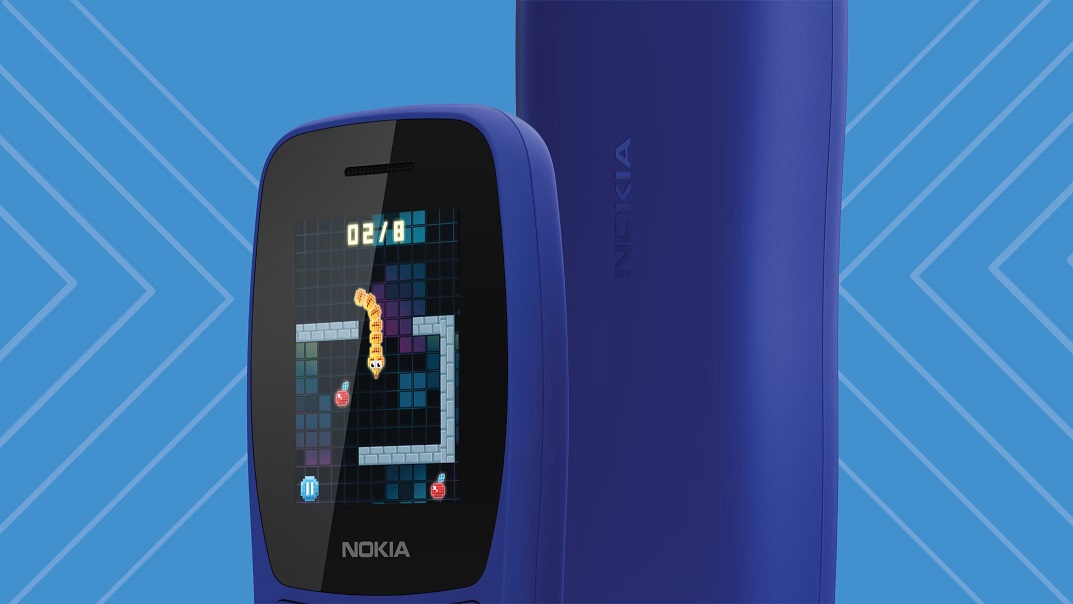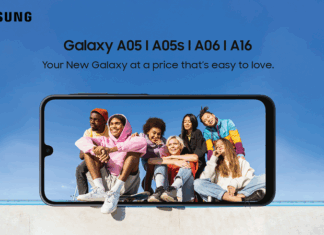If the movie ET was re-made in 2018, there’s no doubt the little alien would reach out for the first Samsung S9 he could find. This, however, would have made the entire movie a short clip, because he would have been able to phone home immediately and get beamed back to his home planet without a hitch. From smoke signals and homing pigeons used in ancient Persia, to Roman soldiers for military communication, to the first electronic telegraph built by Francis Ronalds in 1816, humans have always had a need to communicate with each other in the quickest way possible.
Pre-internet and e-mails, the quickest way to communicate with someone was a telephone call. Information about the world was found in libraries or newspapers. Now of course, there are more ways to get a message to someone than most people can make use of. From SMS and WhatsApp to Facetime, Skype or any number of social media platforms, people are instantly and constantly connected. As for information, a whole world awaits at the click of a button.
Craige Fleischer, Vice President of Integrated Mobility, Samsung South Africa, says, “Modern communication is largely digital, which has changed the way people communicate as well as who they feel comfortable communicating with.”
Dr Keith Hampton from Michigan State University says that technology expands worldviews, access to information and opportunities to maintain relationships. Social relationships used to have a natural ending – such as when a person left school or moved to a different part of town, but with social media and technology, those relationships aren’t cut anymore. Dr Hampton says that the persistence of those relationships affects everything, from determining which people we rely on for emotional support to what activities we become involved in, where we travel, and how we form political opinions.
When it comes to education, whether formally or self-learning, associate professor of psychology at the University of California Santa Cruz, Dr Benjamin Storm, contends that offloading one piece of information digitally, such as saving a computer file, makes it easier to learn unrelated information. This is because digital devices become memory partners and humans can make more room in their brains for new information.
Every person is unique and the way they use their smartphone within their personal context differs. However, there’s no doubt that when it comes to navigating the modern world, technology has become the interaction touch-point, whether for finding directions, managing wellness, doing business, seeking entertainment, socialising and so much more.
“To have the world at your fingertips, from friends and emotional support to business tools, entertainment, navigation and the ability to shop, is immensely powerful. The way people are touched by technology in today’s world has created a new way of doing life, a fresh way of being in touch and has opened opportunities that simply weren’t possible a decade ago. Samsung’s new flagship devices, the S9 and S9+ have taken the concept that much further and we have no doubt they will contribute greatly to more interconnectivity in the world,” concludes Fleischer.
Provided by Samsung Mobile SA




























